Home>Articles>Can You Use Stove Top When Oven Is Self Cleaning
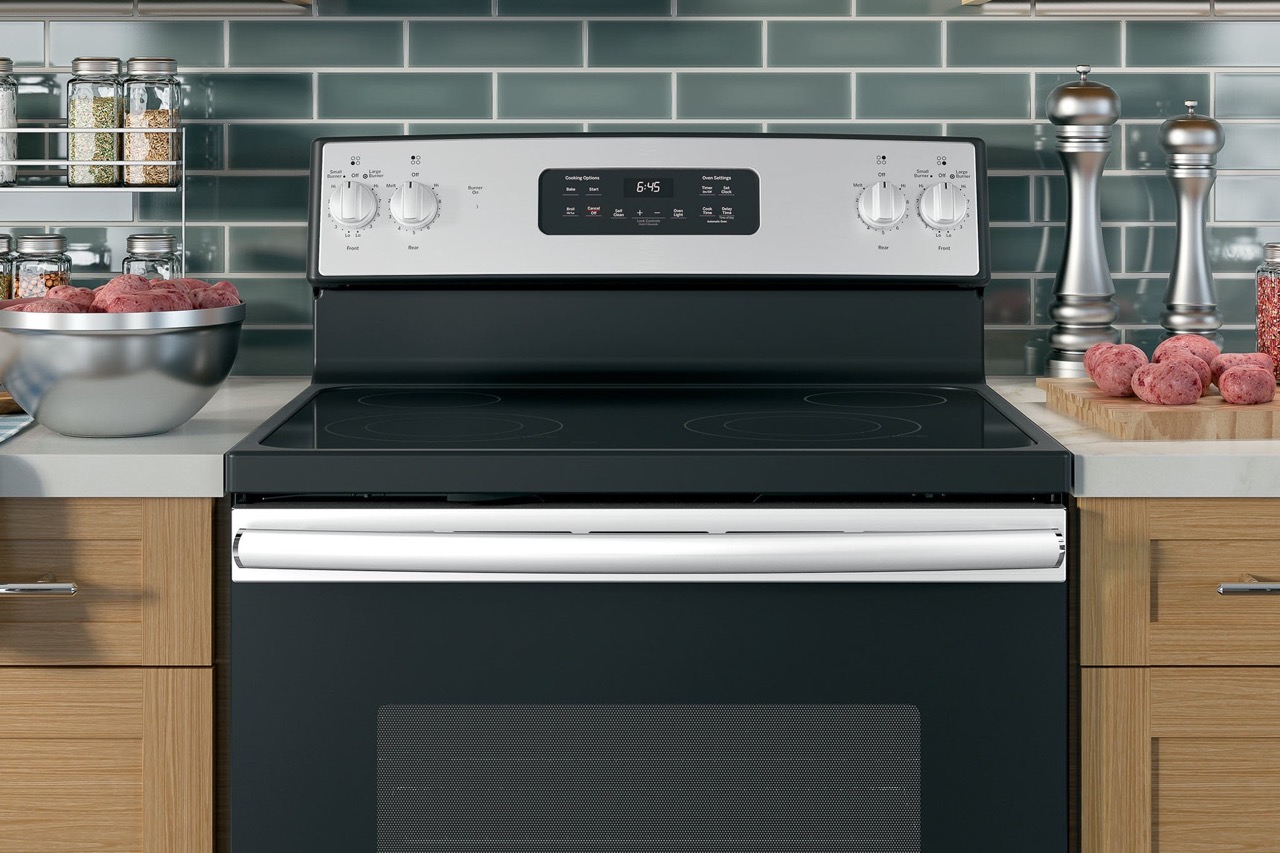

Articles
Can You Use Stove Top When Oven Is Self Cleaning
Modified: May 6, 2024
Discover if it's safe to use your stove top while the oven is self-cleaning. Read our informative articles for guidance and insights.
(Many of the links in this article redirect to a specific reviewed product. Your purchase of these products through affiliate links helps to generate commission for Storables.com, at no extra cost. Learn more)
Introduction
A self-cleaning oven is a convenient and time-saving feature that many modern kitchens are equipped with. It offers an effortless way to remove stubborn grease and food residue from the interior of your oven, eliminating the need for manual scrubbing and cleaning. But what if you find yourself in a situation where you need to use the stove top while the oven is self-cleaning? Can you still safely cook on the stove while the oven is undergoing its cleaning cycle?
In this article, we will explore the ins and outs of using the stove top while your oven is self-cleaning. We will discuss the process of self-cleaning, safety precautions to take, the limitations of using the stove top, potential risks involved, and alternative cooking methods during the self-cleaning process.
Before we dive into the details, it’s important to note that the information provided here is a general guideline. It’s always best to consult your oven’s manufacturer’s manual for specific instructions and recommendations related to using your stove top while the oven is self-cleaning.
Now, let’s get started by understanding how a self-cleaning oven works.
Key Takeaways:
- Using the stove top while your oven is self-cleaning is not recommended due to potential risks, heat transfer, and restricted oven access. Prioritize safety and explore alternative cooking methods during the cleaning cycle.
- Alternative cooking methods such as microwave ovens, slow cookers, toaster ovens, and outdoor grills provide flexibility and convenience during the self-cleaning process. Always consult your oven’s manual for specific guidelines.
Read more: Why Can’t You Can On A Glass Top Stove
Understanding Self-Cleaning Ovens
Self-cleaning ovens are designed with a special cleaning cycle that uses high temperatures to break down and remove food particles, grease, and grime that accumulate on the oven’s interior surfaces. This feature saves you valuable time and effort by automating the cleaning process.
Most self-cleaning ovens use one of two methods: pyrolytic self-cleaning or steam cleaning.
Pyrolytic self-cleaning: This method involves heating the oven to extremely high temperatures, typically around 900 degrees Fahrenheit (480 degrees Celsius), for several hours. During this process, the food residue inside the oven is incinerated, turning it into ash. Once the cleaning cycle is complete and the oven has cooled down, you can simply wipe away the ash using a damp cloth.
Steam cleaning: Some newer oven models offer a steam cleaning function. In this method, the oven is filled with water, and the steam heats up the interior to loosen and soften the food debris. After the cycle is complete, you can easily wipe away the softened residue with a cloth or sponge.
Self-cleaning ovens have specialized insulation that prevents the extreme temperatures from affecting the surrounding cabinetry or countertops. The heat is contained within the oven, allowing it to clean itself without causing any external damage.
It’s important to note that the self-cleaning feature is not recommended for oven racks, which can become damaged in the high heat. It’s typically advised to remove the racks and clean them separately using traditional cleaning methods.
Now that we have a basic understanding of how self-cleaning ovens work, let’s delve into the process of self-cleaning in more detail.
The Process of Self-Cleaning
The self-cleaning process in an oven involves a series of steps that effectively remove dirt, grease, and food remnants from the interior. Here’s a breakdown of the typical process:
1. Preparation: Before starting the self-cleaning cycle, it’s essential to remove any loose debris or large food particles from the oven. This can be done by wiping away any visible residue or using a vacuum cleaner with a brush attachment to extract small particles. It’s also important to remove the oven racks and clean them separately, as they are not suitable for the self-cleaning cycle.
2. Setting the Cleaning Cycle: Your oven will have a specific setting for self-cleaning. This setting initiates the cleaning cycle and controls the duration of the process. It’s important to refer to your oven’s manual for instructions on selecting the appropriate self-cleaning option.
3. Locking the Oven: Once the self-cleaning cycle begins, the oven door typically locks automatically to ensure safety. This lock prevents accidental opening of the door during the high-temperature cleaning process. It’s crucial not to attempt to open the oven door while the cleaning cycle is in progress.
4. Heating to High Temperatures: The oven will start heating up to high temperatures, reaching around 900 degrees Fahrenheit (480 degrees Celsius) for pyrolytic self-cleaning, or lower temperatures for steam cleaning. The duration of the cleaning cycle can vary depending on the oven model, but it generally ranges from two to six hours.
5. Incineration or Steam Cleaning: During the self-cleaning cycle, the high temperatures either incinerate the food residue, turning it into ash, in the case of pyrolytic self-cleaning, or the steam softens and loosens the dirt and grease for easy removal.
6. Cooling Down: Once the cleaning cycle is complete, the oven will start to cool down. It’s important to wait for the oven to reach a safe temperature before attempting to clean or use it again. This cooling phase can take several hours, depending on the oven’s insulation and the length of the cleaning cycle.
7. Cleaning the Residue: Once the oven has cooled down, you can open the door and inspect the interior. In the case of pyrolytic self-cleaning, you will find ash residue that can be easily wiped away with a damp cloth. For steam cleaning, the softened residue can be wiped away with a cloth or sponge.
It’s important to note that the oven may emit smoke or slight odors during the cleaning process, especially during the incineration phase. This is normal and should dissipate once the cycle is complete.
Now that we understand the process of self-cleaning, let’s move on to discussing safety precautions to take when using the self-cleaning feature.
Safety Precautions during Self-Cleaning
Using the self-cleaning feature in your oven can be a convenient way to maintain a clean and hygienic cooking environment. However, it’s crucial to follow some safety precautions to ensure the process goes smoothly and to prevent any accidents or damage. Here are some important safety tips to keep in mind:
1. Remove Flammable Objects: Before starting the self-cleaning cycle, make sure to remove any flammable objects from the vicinity of the oven. This includes items like oven mitts, dish towels, paper towels, wooden utensils, and plastic containers. The high temperatures reached during self-cleaning can cause these items to ignite or melt, posing a fire hazard.
2. Keep Children and Pets Away: During the self-cleaning process, it’s best to keep children and pets away from the kitchen. The high temperatures, locked oven door, and potential fumes can be dangerous. It’s important to create a safe and controlled environment while the oven is undergoing its cleaning cycle.
3. Ventilate the Kitchen: To maintain good air quality and reduce potential odors during the self-cleaning process, it’s advisable to ventilate the kitchen. Open windows or turn on the range hood to promote air circulation and remove any fumes that may be emitted during the cleaning cycle.
4. Don’t Interrupt the Cycle: It’s crucial not to attempt to interrupt or open the oven door while the self-cleaning cycle is in progress. The oven door locks for a reason – to prevent accidental burns and exposure to high temperatures. Opening the door prematurely can release heat and potentially harm you. Wait for the cleaning cycle to complete and for the oven to cool down before accessing the interior.
5. Use Oven Mitts: When handling the oven racks or cleaning any residue after the self-cleaning cycle, always use oven mitts or heat-resistant gloves to protect your hands from residual heat. The oven may still be warm even after the cleaning is complete, and touching hot surfaces can lead to burns.
6. Clean up Ash Carefully: If your oven uses pyrolytic self-cleaning, you’ll find ash residue that needs to be cleaned after the cycle. Use a damp cloth or sponge to wipe away the ash carefully, being cautious not to spread it around or inhale any airborne particles. Dispose of the ash safely according to your local waste disposal guidelines.
By following these safety precautions, you can ensure a safe and efficient self-cleaning process in your oven. Now, let’s move on to discussing the limitations of using the stove top during self-cleaning.
No, it is not recommended to use the stove top when the oven is self-cleaning. The high temperatures and fumes produced during the self-cleaning cycle can be a safety hazard. Wait until the self-cleaning cycle is complete and the oven has cooled down before using the stove top.
Limitations of Using the Stove Top during Self-Cleaning
While it may seem convenient to use the stove top for cooking while your oven is self-cleaning, it’s important to understand that there are certain limitations to consider. Here are some key points to keep in mind:
1. Heat and Odor: During the self-cleaning process, the oven reaches extremely high temperatures, which can lead to the emission of heat and odors. These heat and odors can potentially affect the surrounding area, including the cooktop. Cooking on the stove top while the oven is self-cleaning can result in an uncomfortable cooking environment with increased heat and odors in the kitchen.
2. Restricted Oven Access: When the oven is undergoing the self-cleaning cycle, the oven door is locked for safety reasons. This means that you won’t be able to access the oven to check on your dishes or adjust the cooking temperature. This lack of accessibility can be limiting and may disrupt your cooking process if you need to monitor or make changes to your recipes.
3. Risk of Damage: The high temperatures reached during the self-cleaning process can potentially affect the adjacent cooktop surface. While modern ovens have insulation to prevent external damage, it’s still possible for the heat to transfer to the cooktop, especially if it’s directly connected or in close proximity to the oven. This can lead to warped or damaged cooktop surfaces, compromising their functionality.
4. Interference with the Self-Cleaning Cycle: Cooking on the stove top can introduce additional heat and steam into the kitchen environment, which may interfere with the self-cleaning process of the oven. This interference can affect the effectiveness of the self-cleaning cycle, potentially prolonging the cleaning time or reducing its efficiency.
Given these limitations, it is generally recommended to refrain from using the stove top while the oven is self-cleaning. It’s best to plan your meals accordingly, either by preparing dishes that don’t require the use of the oven or by utilizing alternative cooking methods, which we will explore in the next section.
Now that we’ve discussed the limitations of using the stove top during the self-cleaning process, let’s turn our attention to the potential risks involved.
Read more: How To Use A Dutch Oven On Stove Top
Potential Risks of Using Stove Top while Oven is Self-Cleaning
Although it may be tempting to use the stove top while your oven is self-cleaning, it’s essential to consider the potential risks involved. Here are some of the potential risks to be aware of:
1. Heat Transfer: The intense heat generated during the self-cleaning cycle can cause the temperature around the oven to rise significantly. This increase in heat can potentially affect the adjacent cooktop, especially if it’s made of materials that are sensitive to high temperatures. It may result in warping, discoloration, or damage to your cooktop surface, affecting its functionality and appearance.
2. Fire Hazard: The self-cleaning process involves extremely high temperatures that can pose a fire hazard if you are using the stove top simultaneously. Cooking on the stove while the oven is self-cleaning can create an environment with excessive heat and increased potential for ignition. The combination of flammable materials, such as oil and grease, with the high-temperature conditions can increase the risk of fire.
3. Safety Concerns: Using the stove top while the oven is self-cleaning can create safety concerns, especially if you need to access the oven during the cleaning cycle. The oven door is locked for safety reasons, preventing any opening while the self-cleaning cycle is in progress. This restriction can cause inconvenience and potential accidents if you need to adjust the cooking temperature or check on the progress of your dishes.
4. Compromised Self-Cleaning Efficiency: The introduction of heat and steam from the stove top cooking can interfere with the self-cleaning cycle of the oven. The extra heat and moisture can affect the cleaning process, potentially reducing its efficiency or prolonging the cleaning time. This can result in a less thorough cleaning or the need for additional cleaning after the self-cleaning cycle is completed.
Considering these potential risks, it is generally advised to avoid using the stove top while your oven is undergoing the self-cleaning process. It’s best to plan your meals accordingly and choose alternative cooking methods during this time. Let’s explore some options for alternative cooking methods during the self-cleaning cycle.
Before we move on, it’s important to reiterate that these risks can vary depending on the specific make and model of your oven. Always consult your oven’s manufacturer’s manual for guidelines and recommendations regarding using the stove top while the oven is self-cleaning.
Now, let’s explore alternative cooking methods to consider during the self-cleaning cycle.
Alternative Cooking Methods during Self-Cleaning
While using the stove top is not recommended while your oven is undergoing the self-cleaning process, there are still several alternative cooking methods you can utilize to prepare your meals. Here are a few options to consider:
1. Microwave Oven: If you have a microwave oven, it can be an excellent alternative for quick and convenient cooking during the self-cleaning cycle. Many microwave ovens come with a variety of cooking functions, allowing you to prepare a wide range of dishes, from reheating leftovers to cooking vegetables and even defrosting. Check your microwave’s user manual for specific instructions.
2. Slow Cooker/Crockpot: A slow cooker or crockpot is another fantastic option for preparing meals during the self-cleaning cycle. These appliances allow for long, slow cooking times, making them perfect for soups, stews, roasts, and other one-pot meals. Simply add your ingredients to the slow cooker, set the cooking time and temperature, and let it work its magic while your oven cleans itself.
3. Toaster Oven: A toaster oven can serve as a convenient substitute for regular oven cooking during the self-cleaning cycle. While toaster ovens have smaller cooking capacities compared to traditional ovens, they can still be used to bake, roast, and broil a variety of foods. It’s a great option for reheating leftovers, making toast, or cooking individual portions of meals.
4. Electric Skillet or Hot Plate: An electric skillet or hot plate can provide a portable cooking solution during the self-cleaning cycle. These appliances heat up quickly and offer a flat cooking surface for frying, sautéing, and simmering. They are versatile and easy to use, making them suitable for a variety of cooking needs.
5. Outdoor Grill: If weather permits, using an outdoor grill can be an excellent option for cooking during the self-cleaning cycle. Grilling allows for a variety of cooking methods, from grilling meats and vegetables to baking pizzas and even roasting. Enjoy the outdoors while preparing delicious meals without relying on your oven.
These alternative cooking methods offer flexibility and convenience while your oven is self-cleaning. They provide you with options for preparing a wide range of dishes without compromising your cooking needs. It’s important to explore these methods while considering the specific requirements and capabilities of each appliance.
After the self-cleaning cycle is complete and your oven has cooled down, you can resume using it for all your baking, roasting, and broiling needs. Just be sure to wipe down any ash or residue left from the cleaning process before you start cooking again.
Now that we’ve explored alternative cooking methods, let’s conclude our discussion.
Conclusion
In conclusion, using the stove top while your oven is self-cleaning is generally not recommended due to the limitations and potential risks involved. The high temperatures, heat transfer, and restricted oven access can create an uncomfortable and potentially dangerous cooking environment. It’s important to prioritize safety and follow the recommended precautions provided by your oven’s manufacturer.
Understanding the process of self-cleaning and taking necessary safety precautions are crucial when utilizing the self-cleaning feature in your oven. Removing flammable objects, keeping children and pets away, and ventilating the kitchen are vital steps to ensure a safe cleaning experience.
Additionally, it’s important to be aware of the limitations of using the stove top during self-cleaning. The heat transfer, risk of damage to the cooktop, interference with the self-cleaning cycle, and compromised self-cleaning efficiency are factors that should be considered.
However, you still have alternative cooking methods at your disposal during the self-cleaning cycle. Utilizing microwave ovens, slow cookers, toaster ovens, electric skillets, hot plates, or even outdoor grills can provide you with the means to prepare meals without relying on the stove top or oven.
Remember to always consult your oven’s manufacturer’s manual for specific instructions and recommendations related to using your stove top while the oven is self-cleaning. Each oven model may have different requirements and guidelines.
Incorporating safety precautions, understanding the process, and exploring alternative cooking methods during the self-cleaning cycle, you can maintain a clean and hygienic oven without compromising your cooking needs.
Ultimately, it is crucial to strike a balance between convenience and safety. By taking the necessary precautions and utilizing alternative cooking methods, you can navigate cooking during the self-cleaning process effectively.
With the information and guidelines provided in this article, you can make informed decisions and ensure a smooth and safe self-cleaning experience for your oven.
Curious about keeping your home in top shape? Next, dive into our insightful guide on essential home upkeep. You'll learn not only the basics but also some clever tricks to ensure your living space remains welcoming and safe. Maintaining a home involves more than just cleaning; understanding what tasks are crucial can save you time, money, and hassle in the long run. Whether you're a seasoned homeowner or just starting out, this article provides valuable insights that make home care easy and effective.
Frequently Asked Questions about Can You Use Stove Top When Oven Is Self Cleaning
Was this page helpful?
At Storables.com, we guarantee accurate and reliable information. Our content, validated by Expert Board Contributors, is crafted following stringent Editorial Policies. We're committed to providing you with well-researched, expert-backed insights for all your informational needs.
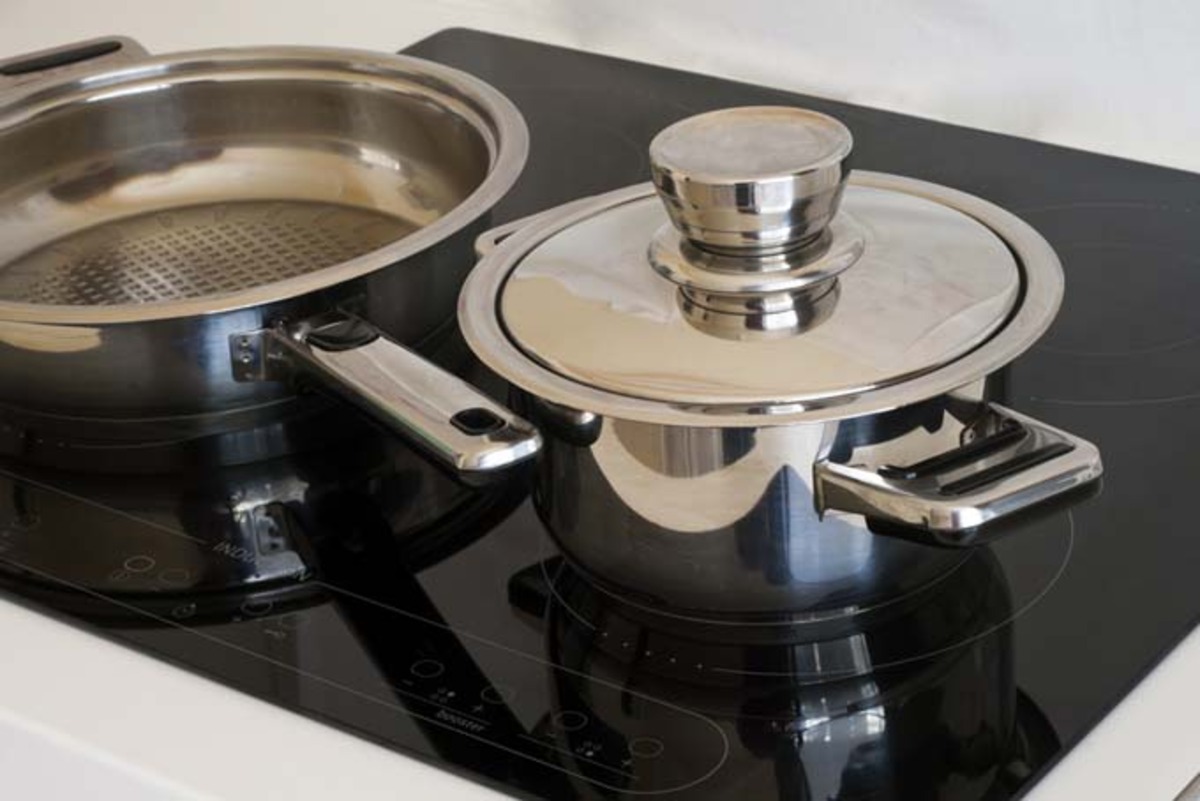
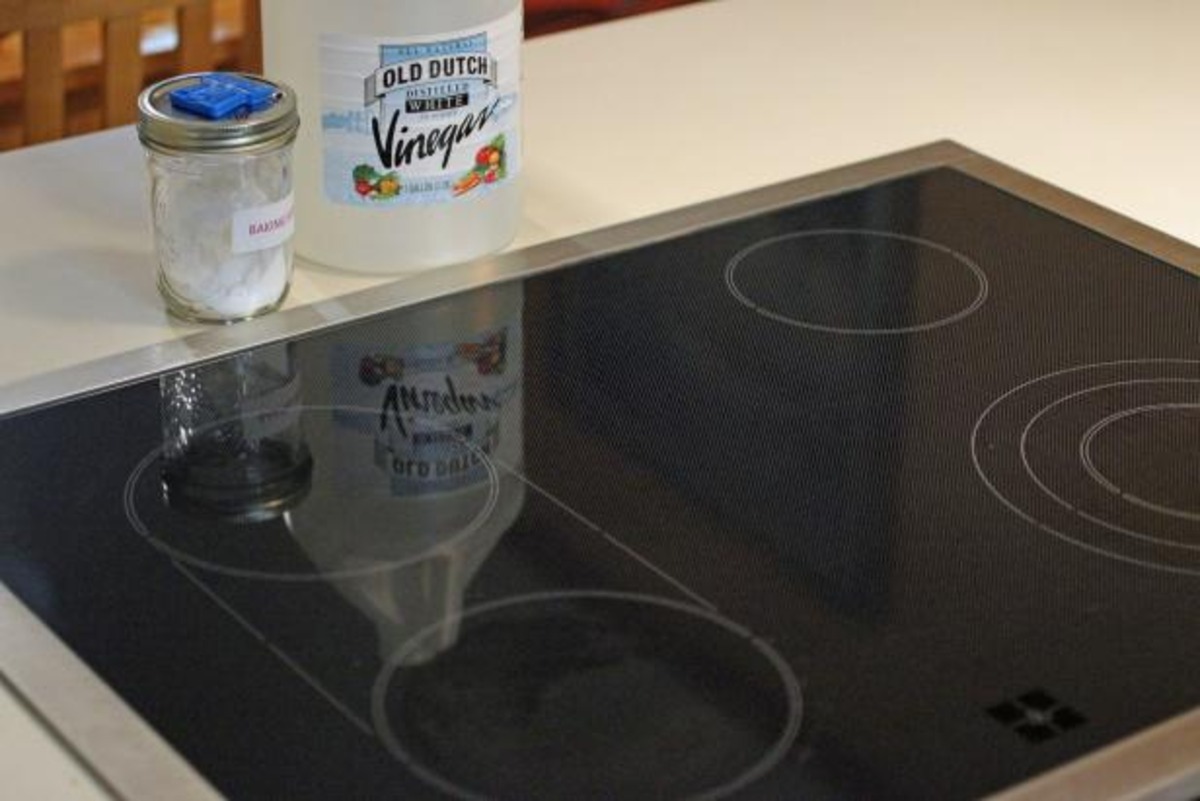
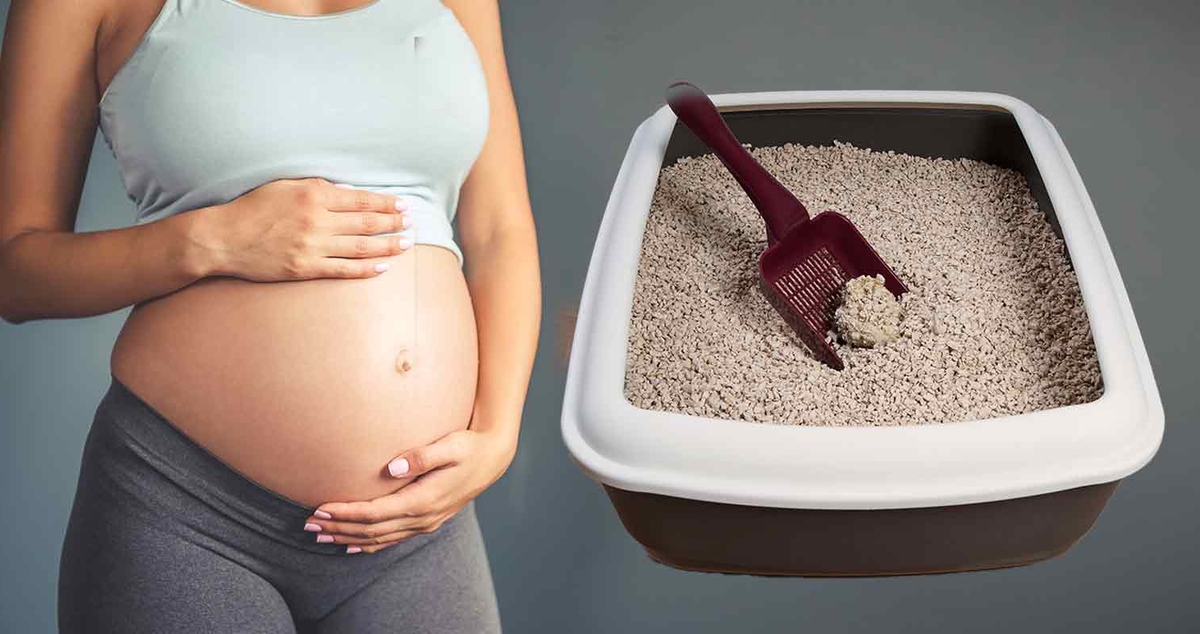
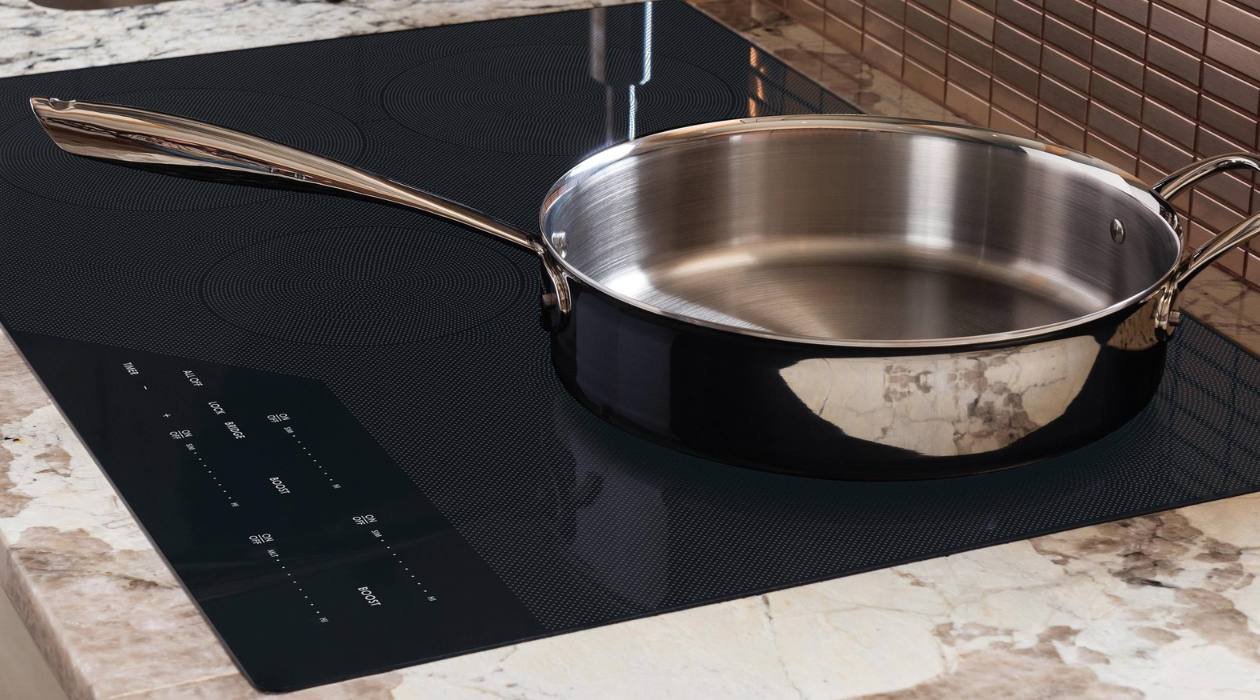
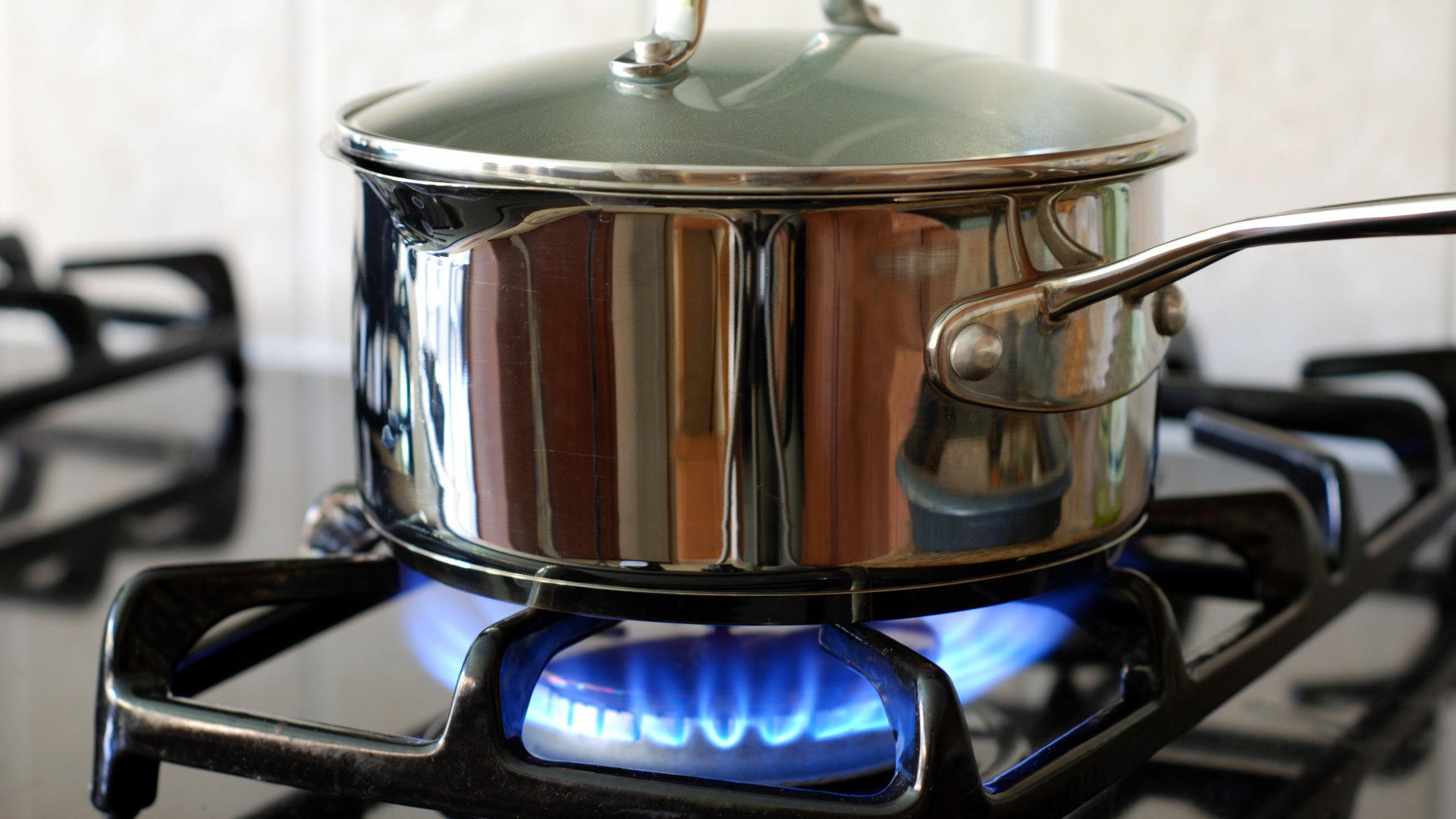

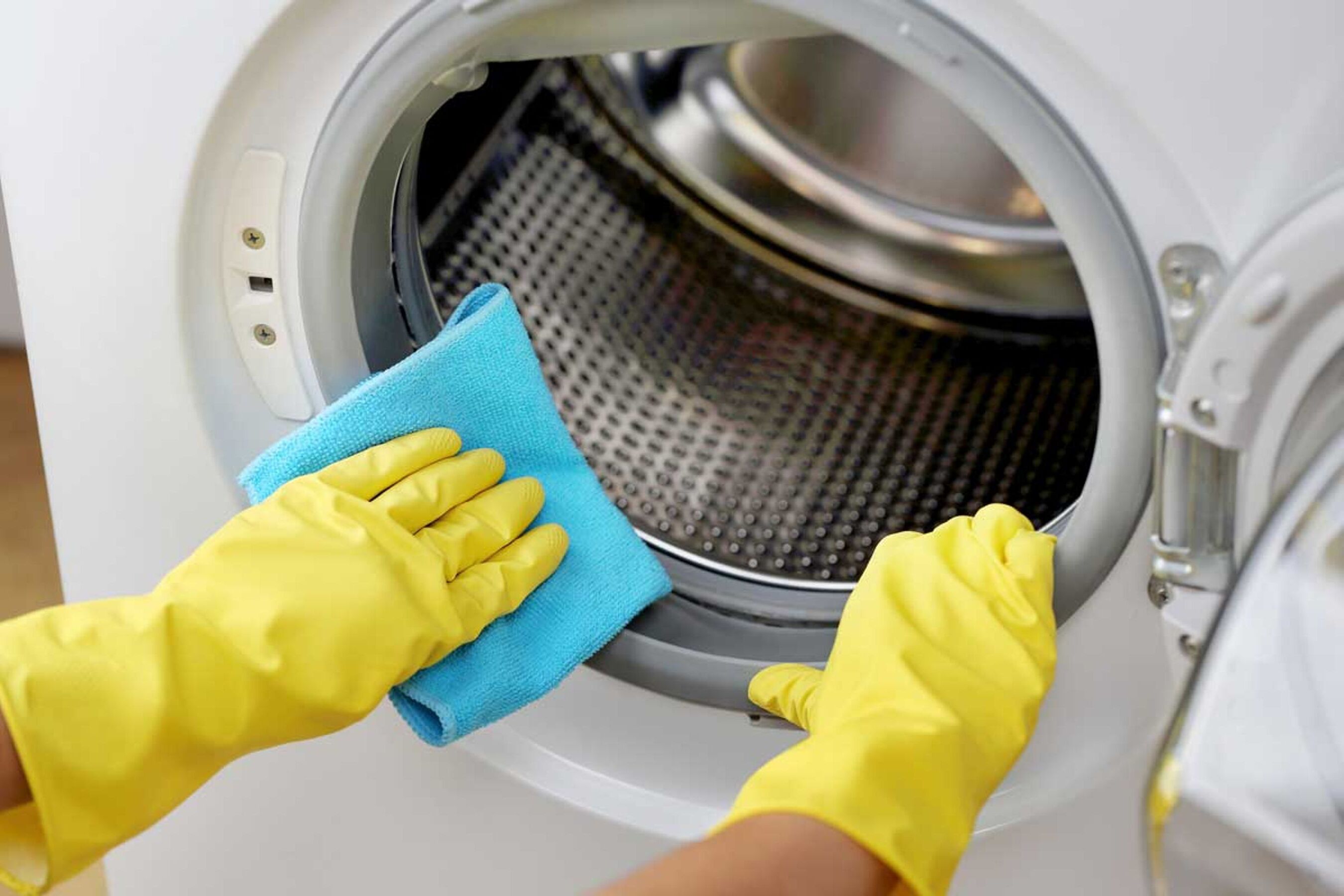
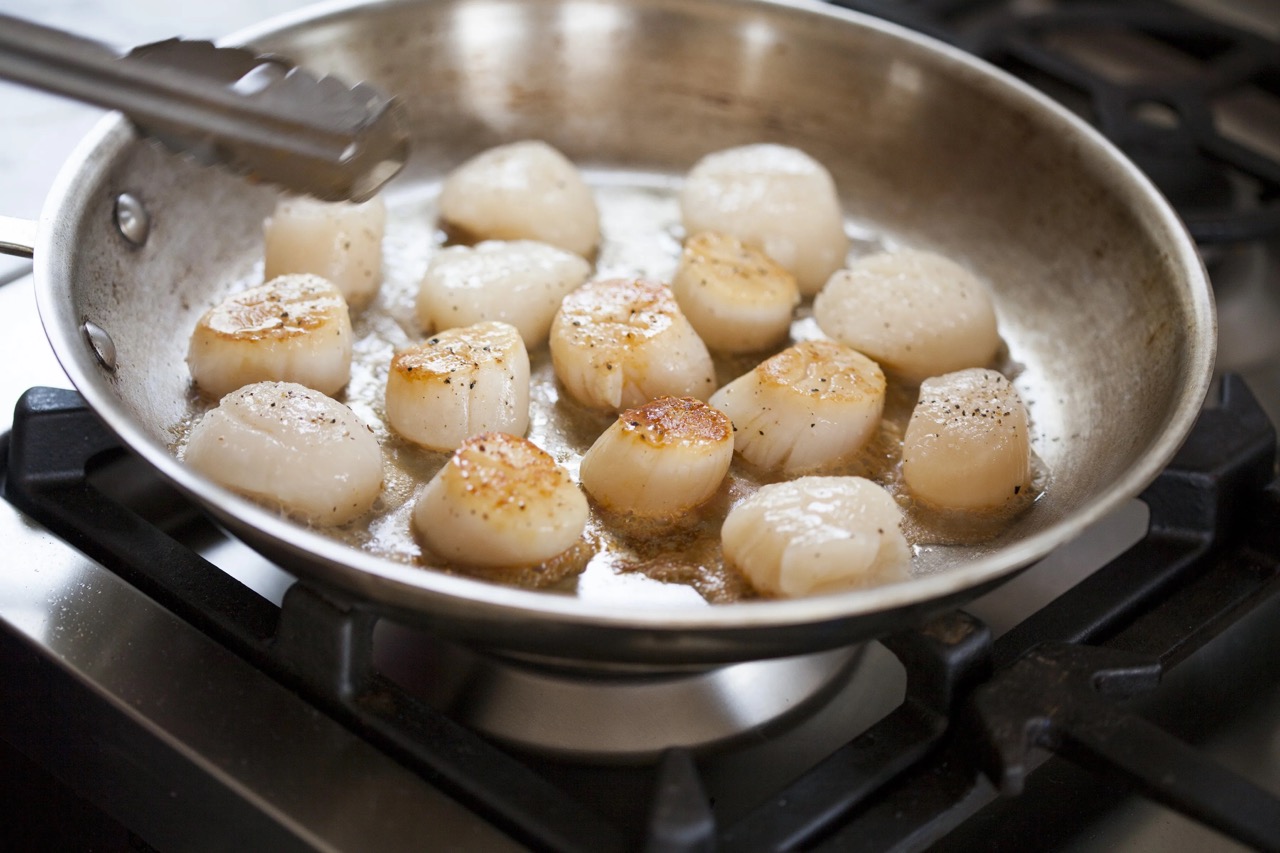
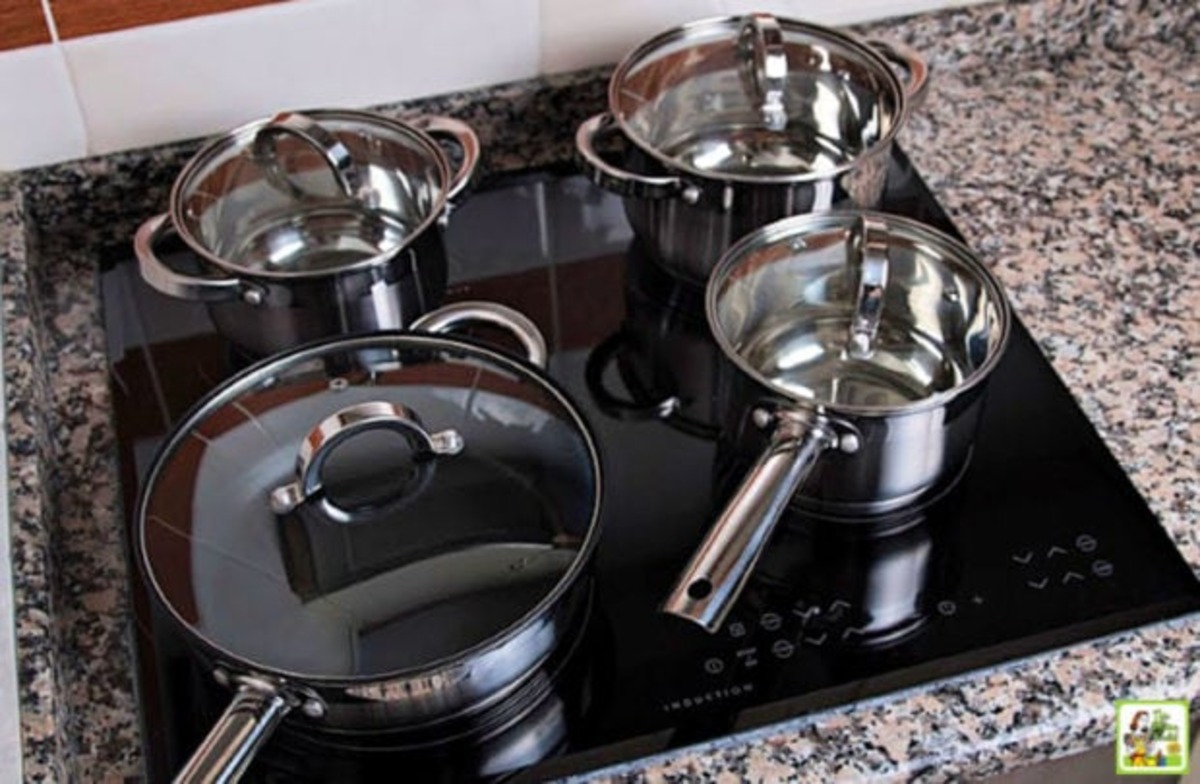
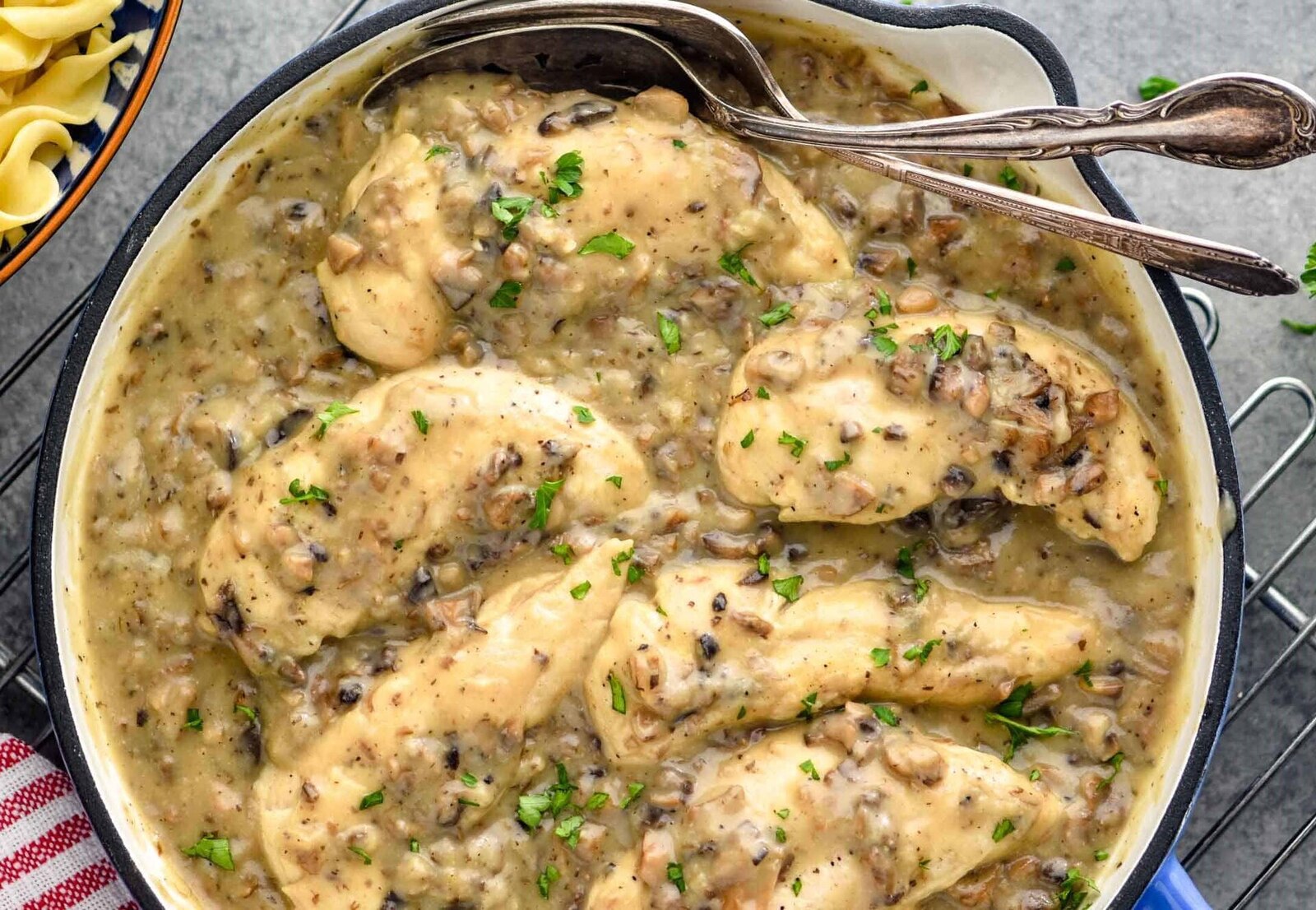
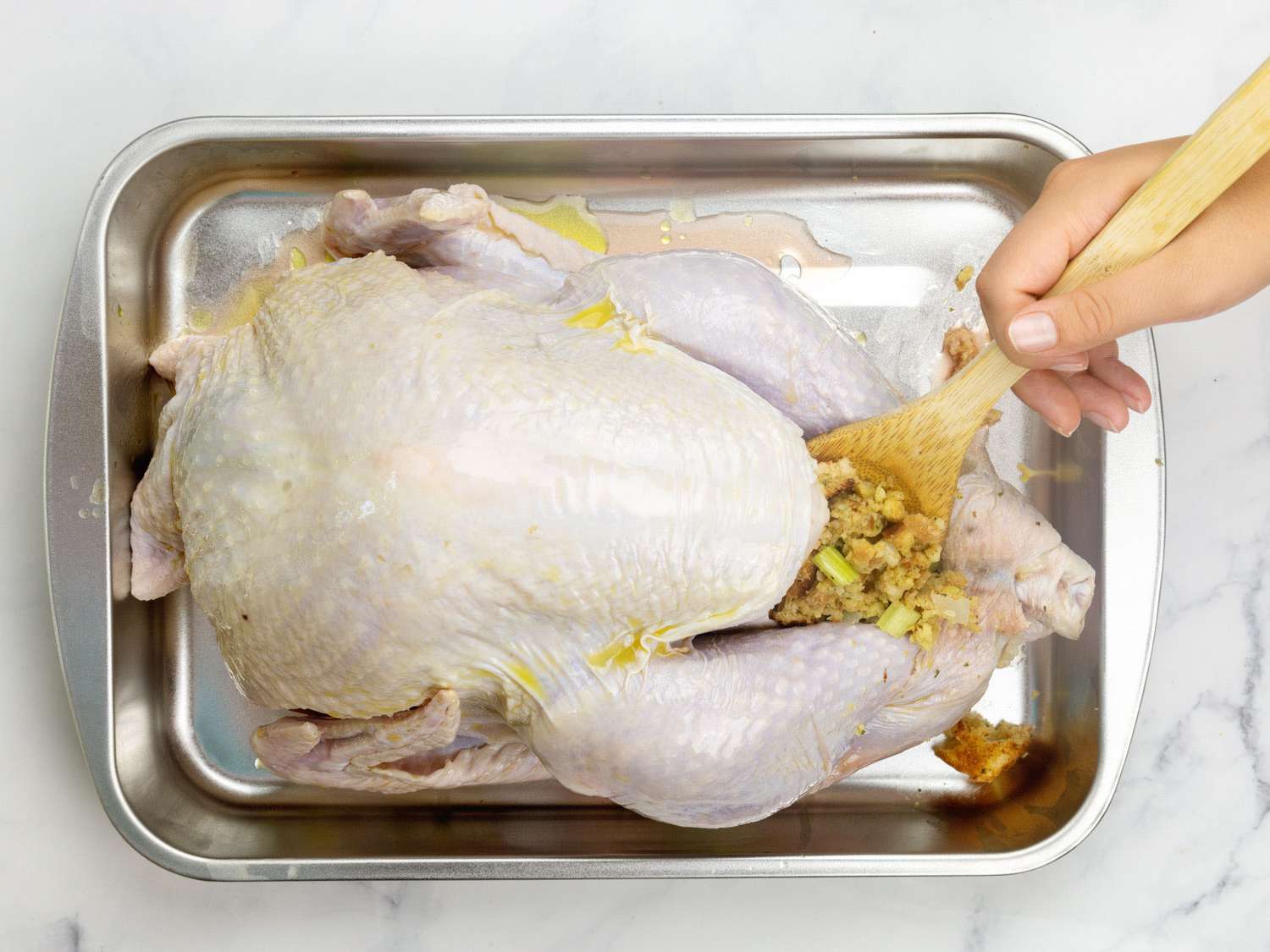
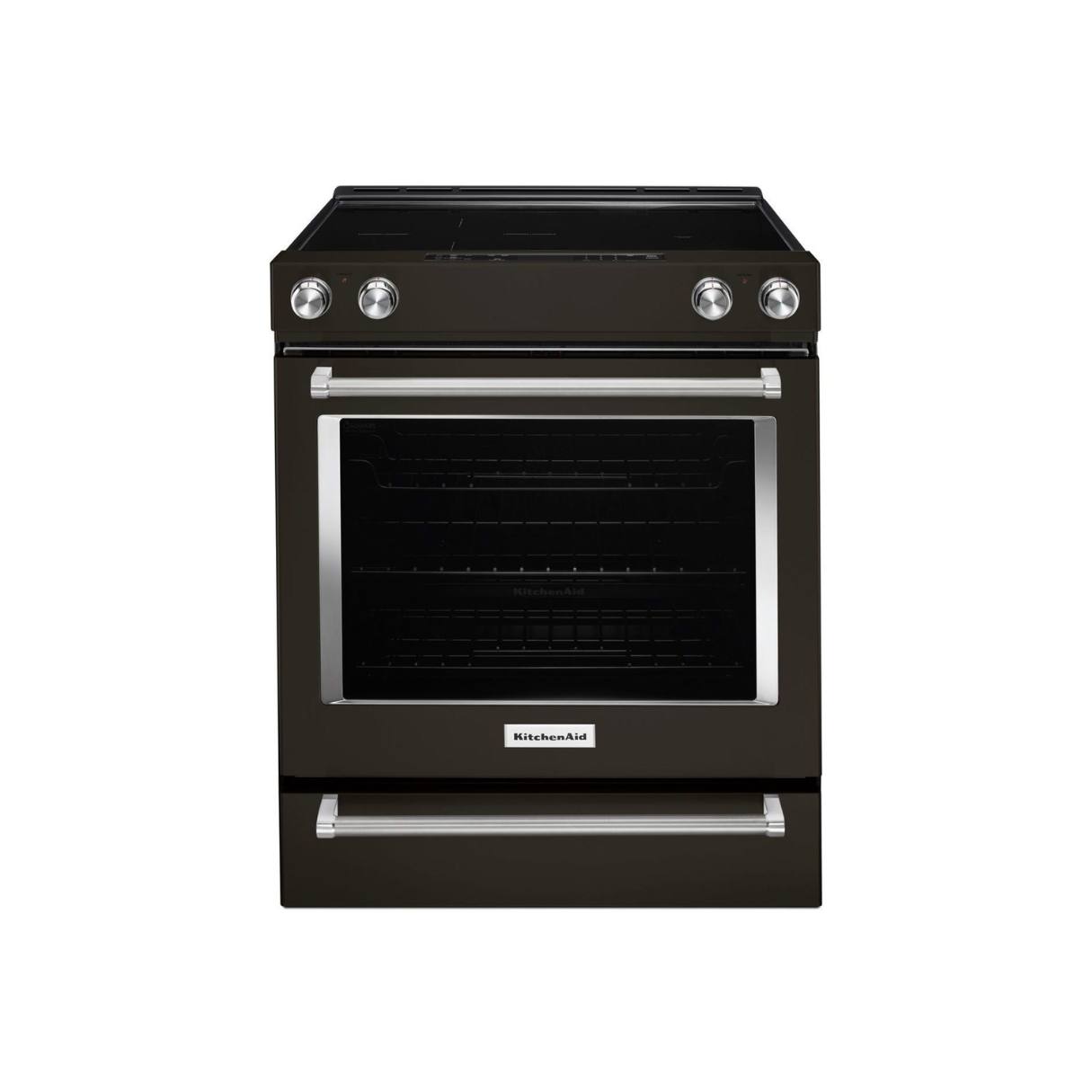
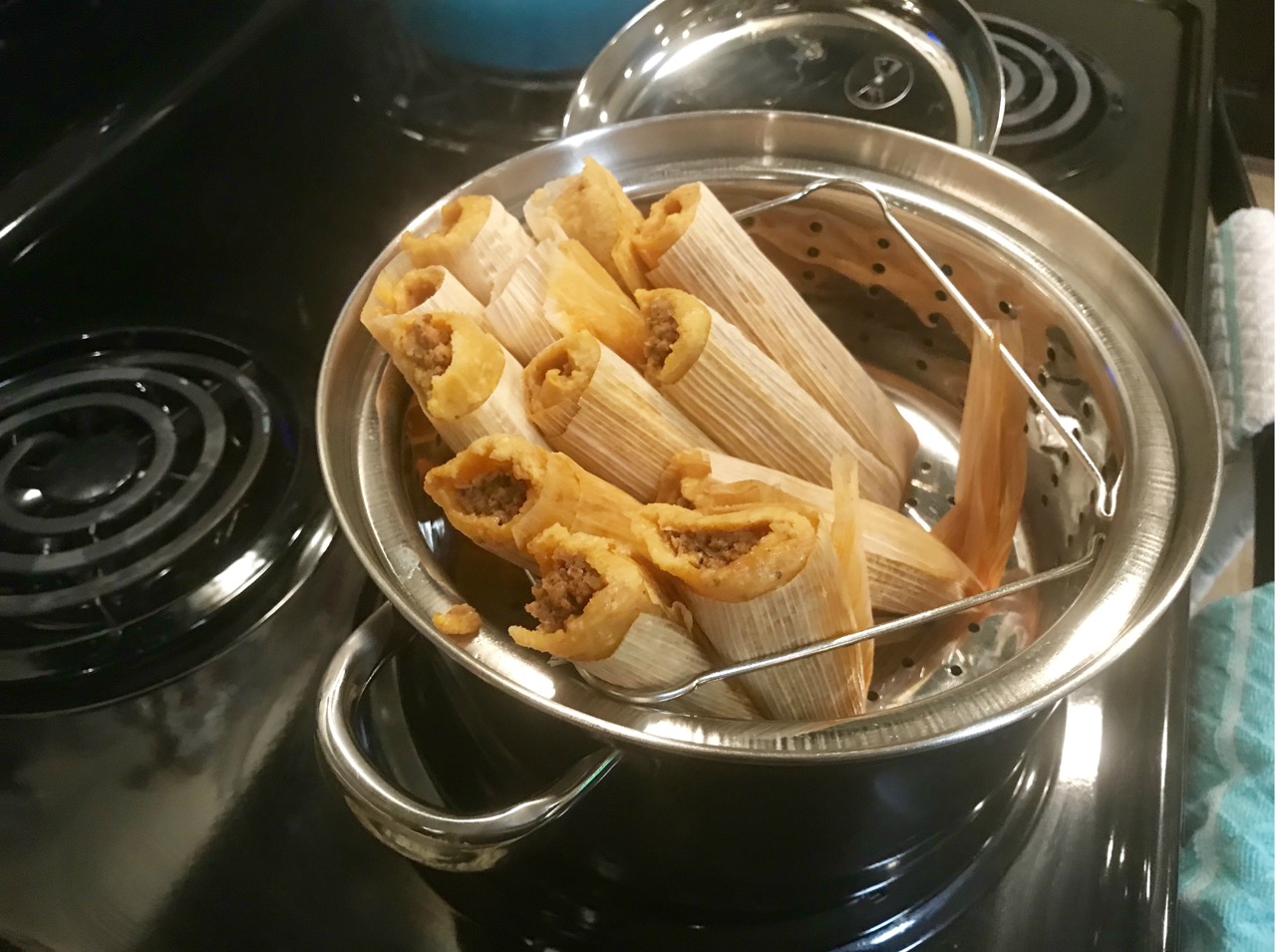
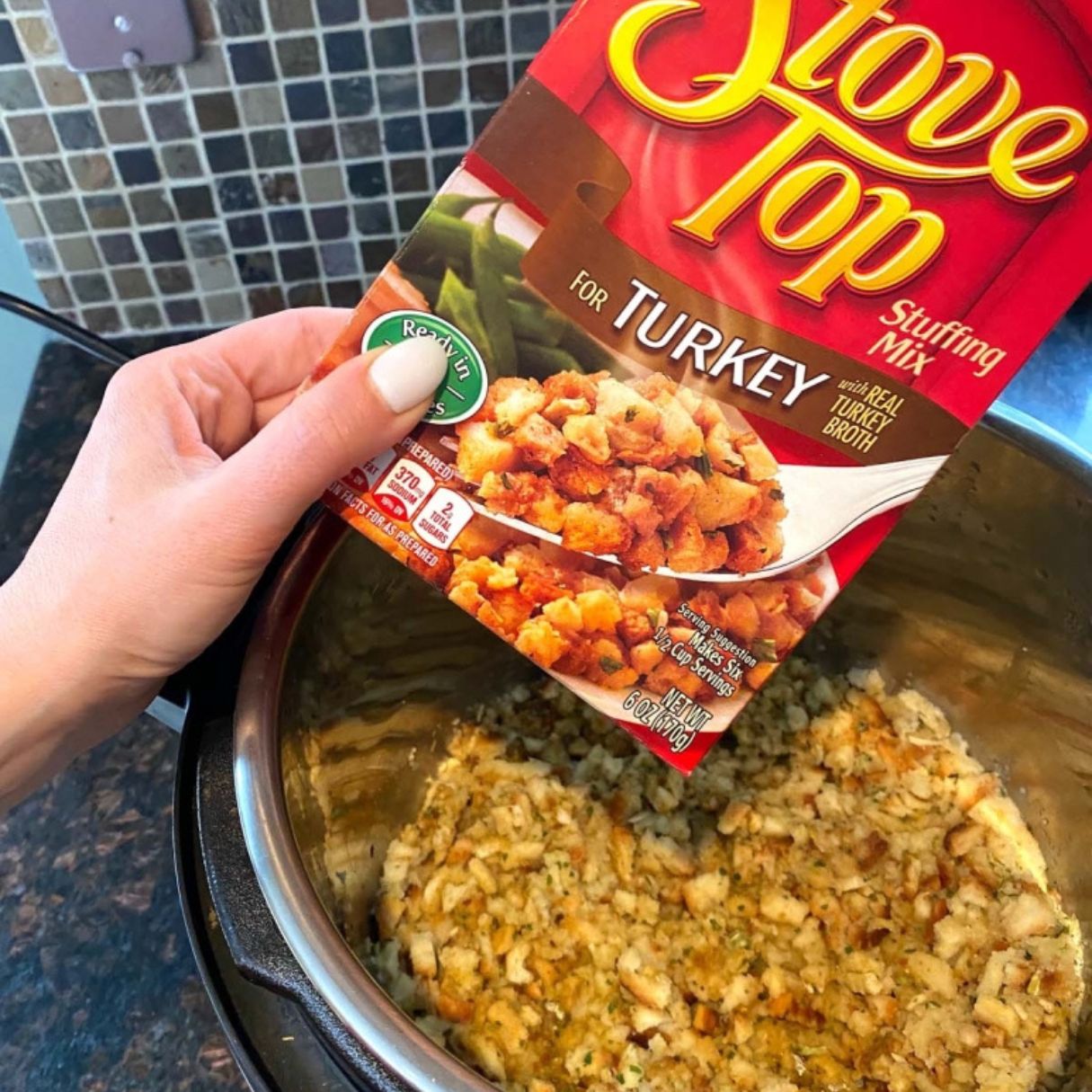

0 thoughts on “Can You Use Stove Top When Oven Is Self Cleaning”